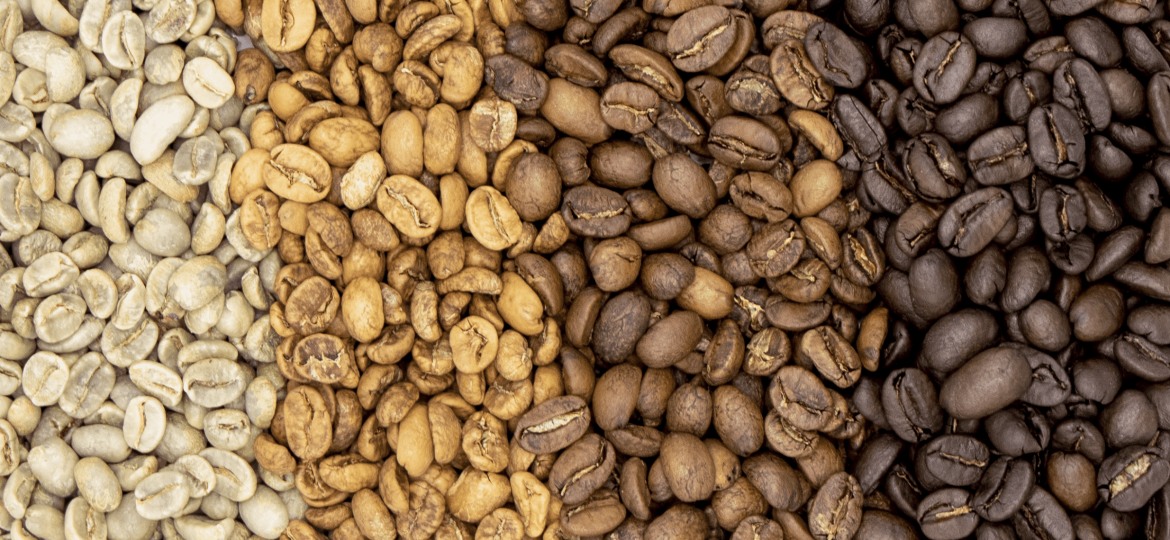
Measuring coffee beans with precision is crucial for brewing a perfect cup of coffee. The amount of coffee used directly influences the beverage’s flavor, strength, and overall quality. However, not everyone has access to a digital scale, which poses a significant challenge. This article explores how to accurately measure coffee beans without a scale, ensuring you can enjoy a consistently delightful coffee experience, regardless of the tools at hand.
Why Accurate Measurement Matters
The impact of accurate measurement on coffee’s flavor and strength cannot be overstated. Too much coffee can lead to a brew that is excessively strong and bitter, while too little results in a weak and flavorless drink.
Consistency is key in brewing, as it ensures that each cup of coffee you make meets your taste preferences. Without consistent measurement, achieving the same taste and quality in every brew becomes a matter of luck rather than skill.
The Golden Ratio for Coffee
The Golden Ratio, typically 1 gram of coffee to 15-18 grams of water, is a widely accepted guideline for brewing balanced and flavorful coffee. This ratio ensures that the coffee is neither too strong nor too diluted, offering a harmonious balance between sweetness and acidity, and defining the coffee’s inherent flavors.
Understanding and applying the Golden Ratio, even without a scale, is essential for crafting high-quality coffee. Adjustments can be made based on personal preference, but the Golden Ratio serves as a reliable starting point for exploration and refinement.
Using Household Utensils
For those without a digital scale, household utensils such as tablespoons and teaspoons can serve as a reliable alternative for measuring coffee beans. Typically, one tablespoon can hold approximately 5 grams of coffee beans. However, this measurement can vary slightly depending on the size and shape of the beans.
To use this method effectively, it’s essential to understand the conversion between grams and tablespoons. For the Golden Ratio of coffee brewing, approximately two tablespoons of coffee beans (roughly 10 grams) are needed for every 6 ounces (180 milliliters) of water. This method, while not as precise as using a scale, offers a practical way to measure coffee beans with tools readily available in most kitchens.
Visual Estimates and Comparisons
Visual estimation involves using known quantities as reference points for measuring coffee beans. For instance, a standard coffee mug can hold about 12 ounces of liquid, which can help estimate the amount of coffee needed for brewing.
Tips for accurate eyeballing include familiarizing oneself with the visual volume of coffee beans in a tablespoon and using that as a basis for larger measurements. Although less accurate than using a scale, visual estimates can suffice in situations where precise measurements are not critical.
Volume vs. Weight
Measuring coffee beans by volume (using cups or tablespoons) versus weight (grams or ounces) can lead to variations in the coffee’s strength and flavor. Weight measurement is preferred for coffee brewing due to its accuracy. Different coffee beans can have varying densities, which means a cup of one type of bean may weigh more or less than a cup of another type.
To approximate weight measurements without a scale, utilize the correlation between tablespoons and grams, and adjust based on the specific coffee bean’s apparent density and size. Although not as precise as weight, this method allows for a reasonably consistent approximation, crucial for achieving a desirable coffee brew.
Counting Coffee Beans
Estimating the weight of coffee beans by counting is a method for those seeking precision without a scale. On average, seven coffee beans equal approximately 1 gram. This method is time-consuming and its accuracy can vary due to the size and density differences among beans. It’s best used when brewing small quantities of coffee where precision is paramount.
Liquid Measuring Cups for Water
To ensure the coffee-to-water ratio aligns with the Golden Ratio, using liquid measuring cups can provide the necessary precision. For every 6 ounces (about 180 milliliters) of water, the Golden Ratio calls for roughly 10 grams of coffee. This conversion helps maintain the balance between water and coffee, crucial for brewing a consistent cup.
FAQs
- How many tablespoons of coffee per cup? For a standard 8-ounce cup, use 2 tablespoons (about 10 grams) of coffee beans for a balanced brew.
- Does 1 tablespoon of coffee beans equal 1 tablespoon of ground coffee? Yes, but the grind size can affect the volume. Finer grinds may pack more densely, affecting the brew strength.
- How much coffee do I grind for 4 cups? For 4 cups (32 ounces total), you’ll need 8 tablespoons (about 40 grams) of coffee beans, following the Golden Ratio.
- How much coffee does 8 oz of beans make? Eight ounces of beans (about 227 grams) will brew approximately 22 to 24 cups of coffee, based on the Golden Ratio.
- What can I use to measure coffee besides a scale? Tablespoons, liquid measuring cups, and even counting beans can serve as alternatives to a scale for measuring coffee.
Conclusion
Accurately measuring coffee beans without a scale is achievable through various methods, including household utensils, visual estimates, and even counting beans. While these techniques may not offer the precision of a digital scale, they can significantly enhance your coffee brewing experience. Experimentation and adjustment based on personal taste are encouraged, as they are key to finding the perfect brew that suits your preferences.









